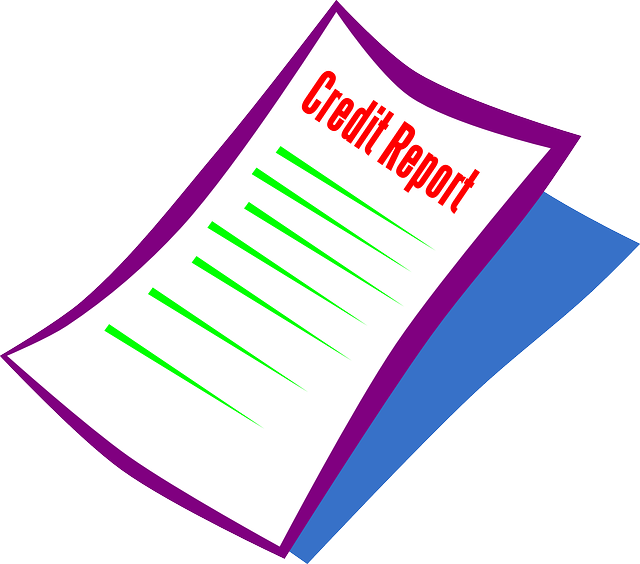Equipment loan applications are a structured process where borrowers seek financial support for essential tools, machinery, or technology. Borrowers must provide detailed information about fund usage, equipment specifics, and financial history. Lenders evaluate this data, including income statements, credit reports, and business plans, to confirm financial stability and repayment capacity. Conducting a pre-application check improves eligibility chances and ensures favorable repayment terms. A compelling loan proposal includes clear equipment specifications, intended use, and repayment terms, while finalizing these terms involves negotiation and effective communication for mutual agreement.
“Unleash your project’s potential with our comprehensive guide to the equipment loan application process. From securing financial support to navigating repayment terms, this overview ensures a smooth journey towards success.
We explore crucial steps, including pre-application checks and crafting winning loan proposals. Learn how to prepare meticulously, ensuring your application stands out. Master the art of documenting needs and creating flexible repayment plans tailored to your goals. Discover the key components that make a compelling proposal and negotiate terms that work for both parties.”
- Understanding Equipment Loan Applications: A Gateway to Financial Support
- Pre-Application Eligibility Check: Setting the Stage for Success
- The Application Process: Documenting Your Needs and Repayment Plans
- Key Components of a Comprehensive Loan Proposal
- Finalizing and Negotiating Repayment Terms: Achieving Mutual Agreement
Understanding Equipment Loan Applications: A Gateway to Financial Support

Equipment loan applications are a crucial gateway to securing financial support for businesses and individuals seeking to acquire essential tools, machinery, or technology. These applications provide a structured framework for lenders to assess borrowers’ eligibility and determine the suitability of their repayment capacity. By understanding this process, applicants can better prepare and navigate the path to gaining access to much-needed resources.
When applying for an equipment loan, borrowers must furnish detailed information about the intended use of the funds, the specific equipment being purchased, and their financial history. Lenders carefully evaluate these factors to ensure the borrower’s ability to meet the predefined repayment terms. This includes examining income statements, credit reports, and sometimes even business plans to gauge the borrower’s financial stability and potential for successful repayment.
Pre-Application Eligibility Check: Setting the Stage for Success

Before submitting an equipment loan application, it’s crucial to conduct a pre-application eligibility check. This initial step sets the stage for a successful loan process by evaluating your financial health and determining your suitability for specific repayment terms. During this phase, lenders assess factors like credit history, income stability, and existing debt obligations to gauge your ability to manage an additional loan.
By proactively addressing these considerations, borrowers can increase their chances of approval and gain access to favorable repayment terms. This proactive approach not only streamlines the application process but also ensures that the chosen loan aligns with the borrower’s financial capabilities and goals.
The Application Process: Documenting Your Needs and Repayment Plans

When applying for equipment loans, documenting your needs and repayment plans is a crucial step in ensuring a smooth process. Begin by clearly outlining the specific equipment required, its intended use, and how it aligns with your business goals. This includes providing detailed information about the purpose of the loan, such as expanding operations, acquiring new technology, or replacing outdated machinery. A well-structured application should also demonstrate your understanding of the repayment terms and conditions offered by lenders.
Repayment plans are a critical aspect of any loan agreement. Clearly articulate how you plan to repay the loan, including proposed repayment terms, interest rates, and any collateral or security you can offer. Lenders will assess your financial stability and ability to meet these obligations, so providing accurate financial statements and relevant business information is essential. By presenting a comprehensive and thoughtful application, you increase your chances of securing favorable repayment terms tailored to your business needs.
Key Components of a Comprehensive Loan Proposal

When crafting a loan proposal, several key components are essential to ensure a comprehensive and compelling application. Firstly, a clear and detailed description of the equipment you aim to acquire is vital. This includes specifications, intended use, and any unique features or requirements. The proposed lender needs to understand the nature of your project and how the equipment will contribute to its success.
Additionally, outlining repayment terms is crucial. This involves specifying the loan amount, interest rates, and repayment schedule. Demonstrating a solid understanding of how you plan to manage financial obligations and promptly repaying the loan can significantly enhance the proposal’s appeal.
Finalizing and Negotiating Repayment Terms: Achieving Mutual Agreement

Finalizing the repayment terms is a crucial step in the equipment loan application process, as it ensures both the borrower and lender are on the same page regarding financial obligations. This stage involves negotiating specific details, such as the repayment schedule, interest rates, and any additional fees or penalties for late payments. It’s an opportunity to find a mutually beneficial agreement that aligns with the borrower’s financial capabilities and the lender’s expectations.
Effective communication is key to achieving this balance. Borrowers should clearly articulate their financial situation and potential challenges they may face during repayment. Lenders, in turn, can offer flexible options or make adjustments to accommodate the borrower’s needs while ensuring their investment is protected. This collaborative approach fosters trust and strengthens the relationship between both parties, setting a positive tone for the entire loan tenure.
